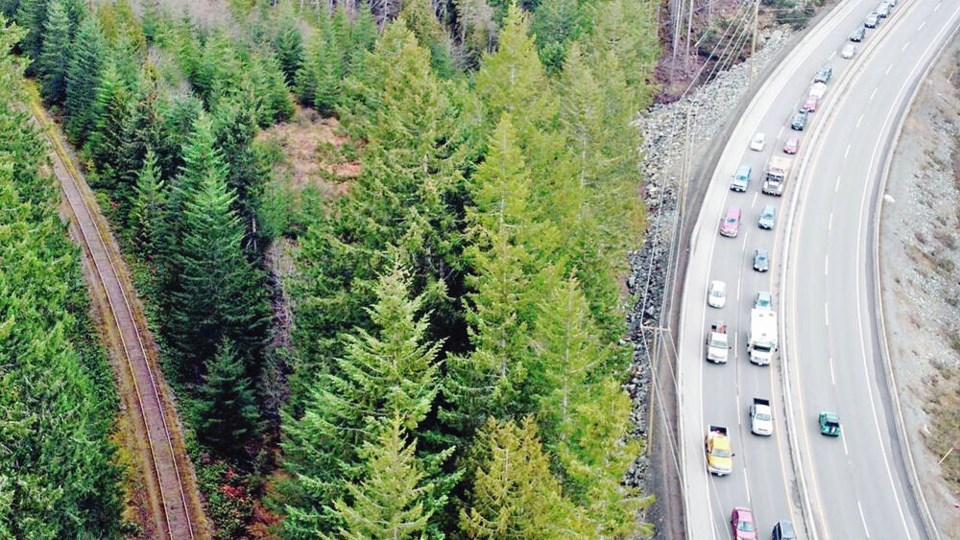A commentary by the CEO of the Island Corridor Foundation.
I am not sure what to make of the most recent commentary by Todd Litman, a well-respected transportation planner, and Alistair Craighead, a former B.C. Transit board member and the chair of the Rails to Trails organization.
They tell us: “The Malahat is congested, dangerous and vulnerable to closures, as we experienced last week.” They suggest the answer to these problems is frequent, low-cost bus service.
So, to overcome congestion, we are going to add an hourly bus service to an already congested and dangerous highway?
This is even more confusing when you consider that the South Island Transportation Study they refer to in their piece tells us that transit times from Mill Bay to Victoria are estimated to grow to about two and a half hours by 2038.
Given that buses will surely be subject to the same two-and-a-half-hour transit time, I am not sure how one could come to the conclusion that buses are the answer to the problem.
Of course, buses will also experience the problems that come with highway closures.
It also seems a little incongruous when they say: “Instead of trying to move more vehicles, we can implement multimodal solutions, that move more people, increasing efficiency and providing more total benefits.”
The solution they are putting forward is exactly the opposite of this statement. They are putting forward a single-mode solution that puts more vehicles on the road.
They can argue that a bus is more efficient as it carries more people than an automobile; however, if the bus is sitting in the same congestion as the cars, I am not sure how many people will make the switch from their cars to the bus, taking away any potential benefit.
There is an alternative, and that is the full restoration of rail service on the Island.
Litman is no stranger to rail service, and in fact wrote a commentary that appeared in the Globe and Mail last week, wherein he says “a rail line or bus lane that offers fast and convenient transit service will attract some commuters out of their cars, reducing highway congestion.”
That article was arguing against investment in highway expansion in Ontario as it would attract more vehicles to the highways, but it seems Litman has a different argument for the Malahat, as he tells us the answer here is more buses on the highway.
Litman and Craighead did consider a rail solution. They looked to the South Island Transportation Study, where the cost of rail for the Island is stated to be $1 billion, and therefore determined it is too expensive.
That number is for an over-designed premium rail service that, for example, contains a $595-million commuter rail system that is simply not required today.
That number contains an unheard-of contingency of 97 per cent, resulting in a doubling of the cost of a rail solution.
The fact is a safe, efficient and reliable rail service can be had on the Island for about $350 million to $400 million. That service would include a commuter passenger service in the Victoria-to-Langford section of the corridor, inter-regional passenger train service, freight and excursion trains.
A multimodal solution is required if we are going to overcome the challenges of the Malahat, and we should be embracing a whole network approach that involves the integration of our existing transit network with a rail network.
An integrated transportation solution is likely the only way we are going to effect true modal shift and get people out of their cars.
If we can do that, we will be closer to overcoming the challenges of the Malahat, with the added benefit of moving us closer to the Clean B.C. goals we so desperately need to achieve.





